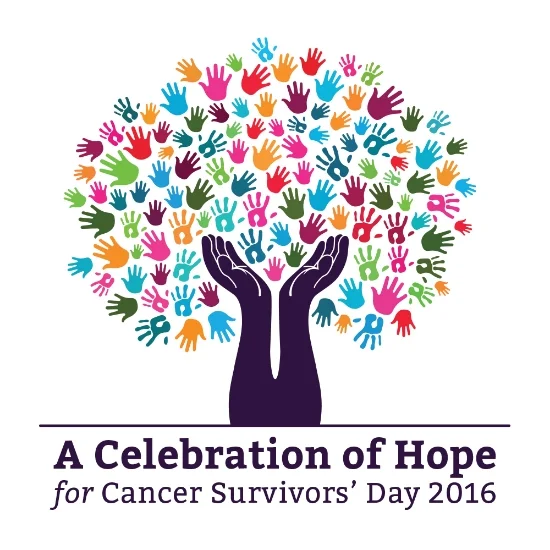Sir Frederick Banting was a Canadian scientist whose pioneering work using insulin to treat diabetes earned him the Nobel prize. He only lived to be 49 but on November 14 - what would have been his 125th birthday - Google has celebrated him with a commemorative Doodle.
WDD
World Diabetes Day (WDD) is celebrated annually on November 14. Led by the International Diabetes Federation (IDF), World Diabetes Day was created in 1991 by IDF and the World Health Organization in response to growing concerns about the escalating health threat posed by diabetes. World Diabetes Day became an official United Nations Day in 2006 with the passage of United Nation Resolution 61/225.
The World Diabetes Day campaign aims to:
- Be the platform to promote IDF advocacy efforts throughout the year
- Be the global driver to promote the importance of taking coordinated and concerted actions to confront diabetes as a critical global health issue
The campaign is represented by a blue circle logo that was adopted in 2007 after the passage of the UN Resolution on diabetes. The blue circle is the global symbol for diabetes awareness. It signifies the unity of the global diabetes community in response to the diabetes epidemic.
The theme of World Diabetes Day (WDD) 2016 will be ‘Eyes on diabetes’. The key messages guiding the campaign are:
- Screening for type 2 diabetes is important to modify its course and reduce the risk of complications.
- Screening for diabetes complications is an essential part of managing all types of diabetes.




